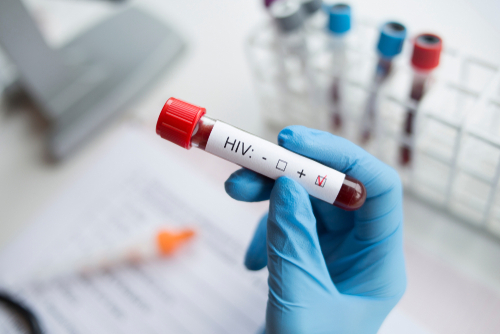
Who is at higher risk of getting HIV?
HIV can be transmitted through exchange of a several body fluids from infected people, such as blood, breast milk, semen and vaginal secretions. It can also be transmitted from a mother to her child during pregnancy and delivery.
It is important to remember that ANYONE can contract HIV: anyone who engages in unsafe sex (e.g., unprotected sex with an infected partner) could be exposed to HIV infection. Yet some are more vulnerable than others because certain behaviors and conditions. These include: men who have sex with men, Injecting Drug Users – are at greater risk because of practices related to their drug use, women, youth 13-25, incarcerated individuals as well as gender minorities such as the transgender community.
The other factor is concurrent sexually transmitted infections. This is because the behaviors that put someone at risk for one infection often put them at risk for other infections. Also, a sore or inflammation from an STI may allow HIV infection HIV.
Women’s risk is also related to their exposure to gender inequalities in society, biologically, women are more likely than men to acquire HIV during vaginal intercourse, adolescent girls whose reproductive systems are not fully developed are susceptible to becoming infected during sex.
Other factors that may increase the risk of HIV transmission include sexually transmitted diseases, acute and late-stage HIV infection, and high viral load, sharing injecting needles. Factors that may decrease the risk include condom use, male circumcision, antiretroviral treatment, and pre-exposure prophylaxis and post exposure prophylaxis.
The social pressures of poverty as well compounded by cultural, legal and political factors make it hard for a woman and girls to protect themselves and these disparities are challenging to make women and girls able to control when or with whom they have sex, or persuade their partners to use condoms and other protective measures.
Even though women are at a higher risk, all genders are at a high risk of acquiring HIV. The risk of getting HIV varies widely depending on the type of exposure or behavior (such as sharing needles or having sex without a condom).
Some ways of exposures to HIV carry a much higher risk of transmission than others. For some exposures, while transmission is biologically possible, the risk is so low. But risks do add up over time. Even relatively small risks can add up over time and lead to a high lifetime risk of getting HIV.
In other words, there may be a relatively small chance of acquiring HIV when engaging in risky behavior with an infected partner only once; but, if repeated many times, the overall likelihood of becoming infected after repeated exposures is actually much higher.
